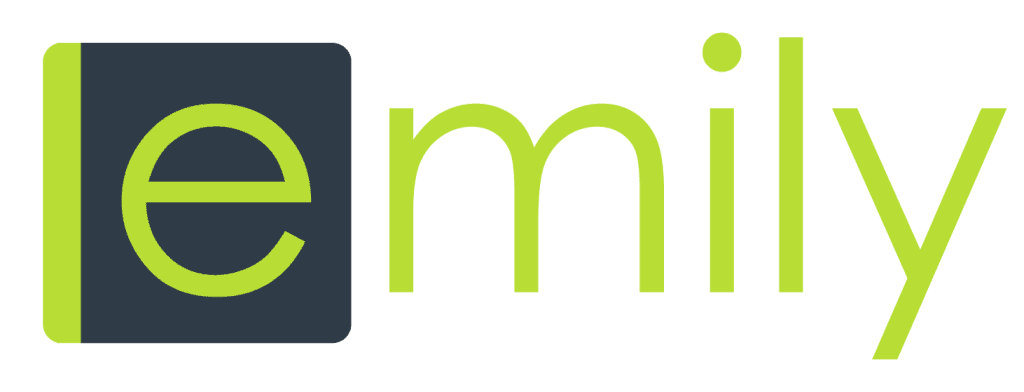Diagnosing vascular and pigment disorders is pivotal in the realm of aesthetic treatments for numerous reasons, encompassing both the efficacy and safety of cosmetic procedures. This comprehensive analysis delves into the critical role that accurate diagnosis plays in optimizing treatment outcomes, ensuring patient safety, and facilitating personalized care in aesthetic medicine.
Vascular disorders encompass a wide range of conditions related to blood vessels, such as rosacea, spider veins, and port-wine stains, which can cause significant cosmetic concerns for affected individuals. Pigment disorders, including melasma, hyperpigmentation, and vitiligo, involve abnormalities in skin coloration, leading to aesthetic issues that can impact an individual’s quality of life and self-esteem. Accurate diagnosis of these disorders is essential for effective treatment, as it guides the selection of the most appropriate therapeutic options and technologies.

The Importance of Accurate Diagnosis
1. Tailored Treatment Strategies: Each vascular and pigment disorder has unique characteristics and may respond differently to various treatments. An accurate diagnosis allows clinicians to tailor treatment plans to the specific condition, optimizing outcomes. For example, laser therapy settings that are effective for treating spider veins may not be suitable for port-wine stains due to differences in the size and depth of the affected vessels.
2. Enhancing Treatment Efficacy: By precisely identifying the disorder, practitioners can employ the most effective technologies and techniques, thereby enhancing treatment efficacy. For instance, certain types of lasers are more effective for targeting the pigment in melasma, while others are better suited for addressing vascular lesions. Misdiagnosis or a generalized approach to treatment can lead to suboptimal results and dissatisfaction among patients seeking aesthetic improvements.
3. Preventing Adverse Outcomes: Misdiagnosis can lead to the selection of inappropriate treatments, potentially causing adverse effects. For example, using a laser setting that is too aggressive for a particular skin type or condition could result in scarring, discoloration, or worsening of the disorder. Accurate diagnosis is critical for minimizing the risk of such outcomes and ensuring patient safety.
4. Supporting Patient Confidence: Patients entrust their appearance and well-being to aesthetic practitioners. A correct diagnosis, followed by a successful treatment, builds trust and confidence in the provider’s expertise. Conversely, ineffective treatment due to diagnostic errors can diminish patient confidence and deter individuals from seeking further aesthetic care.
5. Advancing Personalized Medicine: The field of aesthetic medicine is moving towards more personalized approaches to treatment, recognizing that individual differences in skin type, condition severity, and response to treatment necessitate customized care plans. Accurate diagnosis is the foundation of personalized medicine, enabling providers to consider the unique aspects of each patient’s condition when devising treatment strategies.
Diagnostic Challenges and Solutions
The accurate diagnosis of vascular and pigment disorders can be challenging, given the wide variety of conditions and their often overlapping symptoms. Advances in diagnostic technologies, such as dermoscopy and confocal microscopy, have improved the ability of clinicians to distinguish between similar-looking conditions. Ongoing education and training in the latest diagnostic techniques are crucial for practitioners to maintain their diagnostic accuracy and stay abreast of the evolving landscape of aesthetic medicine.
Moreover, a multidisciplinary approach, involving collaboration with dermatologists and other specialists, can be beneficial in complex cases. This collaborative effort ensures a comprehensive evaluation of the condition, incorporating different perspectives and expertise, which is particularly important for disorders that may have underlying health implications beyond cosmetic concerns.
Being able to visualize these disorders with photgraphy is critical in order to help the patient understand their condition and the medical provider needs access to reliable technology to assess these conditions with accuracy.
Conclusion
The accurate diagnosis of vascular and pigment disorders is a cornerstone of effective and safe aesthetic treatment. It enables the customization of treatment plans, enhances efficacy, safeguards against adverse outcomes, bolsters patient confidence, and is a key component of personalized medicine in aesthetics. As the field continues to evolve, the importance of precise diagnostic skills will only grow, highlighting the need for ongoing education and the adoption of advanced diagnostic technologies. Emphasizing accurate diagnosis ensures that aesthetic treatments not only improve appearances but do so in the safest and most effective manner possible, aligning with the overarching goal of enhancing patient well-being and satisfaction.
